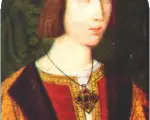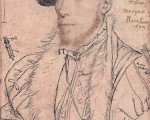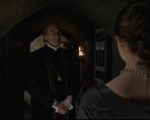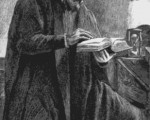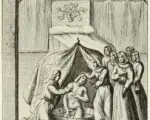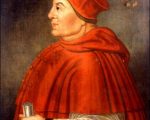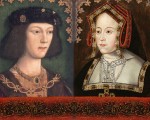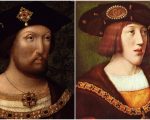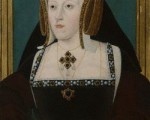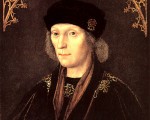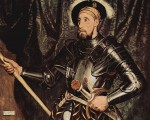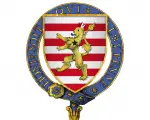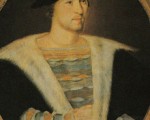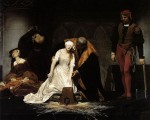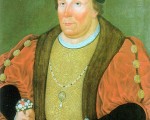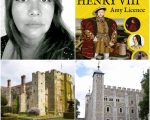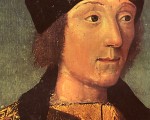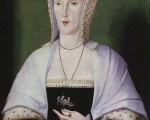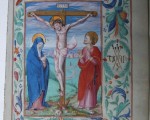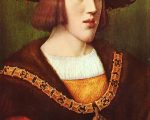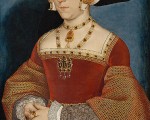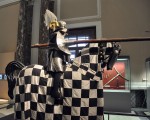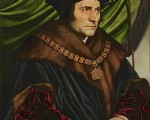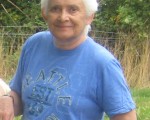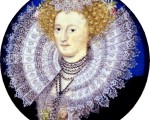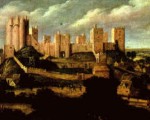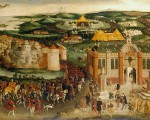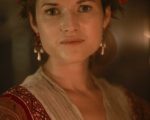
Thank you to historian and author Conor Byrne for writing this article for us.
Jane Parker was the daughter of Henry Parker, Baron Morley, and Alice St John. Her birth date is unknown, but her marriage took place in late 1524 or early 1525 when she would have been at least twelve years of age, the earliest age permitted for females to marry. Since she accompanied Katherine of Aragon as an attendant to the Field of Cloth of Gold in 1520, and appeared at a court masque two years later, it is probable that she was born no later than 1507 and probably by about 1505. Her highly educated father was a gentleman usher to Henry VIII. From her teenage years, Jane resided at court and lived in some luxury; her belongings included sleeves and apparel of rich fabrics, jewellery and plate.
[Read More...]
